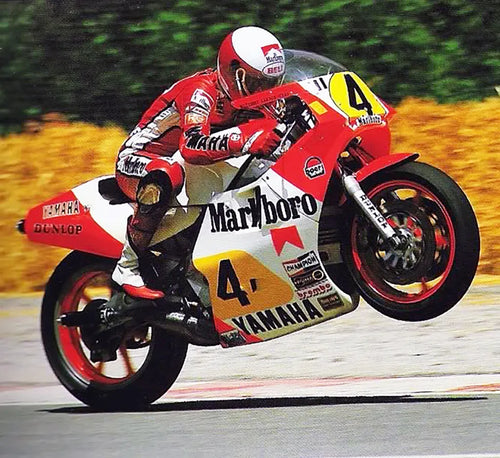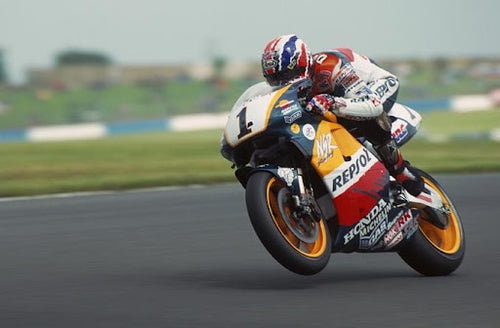
720 mots | Temps de lecture : 3 minute(s)
How to choose your motorcycle gloves: a complete guide to riding safely
Motorcycle gloves have been mandatory in France since 2016 for both the driver and passenger. In the event of a fall, the hands are among the first areas affected. Choosing the right gloves protects your joints, limits abrasion burns, and prevents fractures, all while maintaining a good feel for the controls. Here's a comprehensive guide to help you choose the right motorcycle gloves for your needs, riding style, and the season.
1. Why wear suitable gloves?
Gloves don't just protect you from the cold. They provide:
- Protection against abrasions in case of slipping
- Shock absorption on knuckles, wrists and palms
- Thermal insulation against wind, rain and cold
- Optimal grip on handles and levers, even when wet
Injured hands can prevent you from controlling your machine, so a good glove is an asset for control , not just passive safety.
2. Mandatory approval
In Europe, all gloves must be EN 13594 certified (level 1 or 2). Since 2016, wearing them has been legally required, under penalty of a fine and points deduction.
- Level 1 : light protection, maximum flexibility, ideal for city/summer
- Level 2 : enhanced protection, stiffer gloves, suitable for travel or sports
Check the CE + motorcyclist pictogram : without it, your glove is not recognized as PPE.
3. Choose your gloves according to the season
Summer gloves
- Thin and breathable materials (mesh, perforated leather)
- Maximum flexibility and ventilation
- Short cuff for mobility
Mid-season gloves
- Lightweight lining, windproof or waterproof membrane
- Spring/fall versatility
Winter gloves
- Thermal lining (Thinsulate, Primaloft, etc.)
- Waterproof membrane (Gore‑Tex, Hipora)
- Long cuff to cover the jacket
- Heating option (battery or 12V socket)
Tip : Have at least one summer pair + one winter pair to ride all year round.
4. Materials: leather or textile?
- Leather : maximum abrasion resistance, support, racing look
- Textile : lightweight, breathable, affordable, urban/summer top
- Leather/textile mix : safety/comfort compromise
5. Protection and security
- Rigid shells on the phalanges (carbon, TPU, etc.)
- Palm/ulnar reinforcements for shock absorption
- Doubled or hidden seams
- Secure wrist closure
6. Comfort and ergonomics
- Flexibility in handling controls
- Touch sensitivity for brake/clutch control
- Thumb screen wiper for rain
- Smartphone compatible index
7. Size and fitting
- Not too tight : free blood circulation
- Not too loose : no slippage on impact
- No space at your fingertips
Test them with your jacket, mime braking, grip the handlebars: the glove must follow your movements .
8. Specific use
- Urban : short, textile gloves, easy to put on
- Racing : leather, long cuff, maximum protections
- Touring : comfort, waterproofing, reflective inserts
- Off-road : reinforced grip, great ventilation
9. Maintenance and lifespan
- Natural drying (never radiator)
- Special leather cream or gentle textile cleaning
- Replace them every 3 to 5 years or after falling out
10. Common Mistakes
- Gloves not approved "for style"
- Summer gloves in the middle of winter (risk of hypothermia)
- Loose wrists
- Gloves too small compressing nerves
Conclusion
Choosing your motorcycle gloves means investing in your safety as much as in your comfort. Certification, season, use and fit are the four pillars of a successful purchase. Well chosen and well maintained, your gloves will protect your hands... without sacrificing the pleasure of riding .


